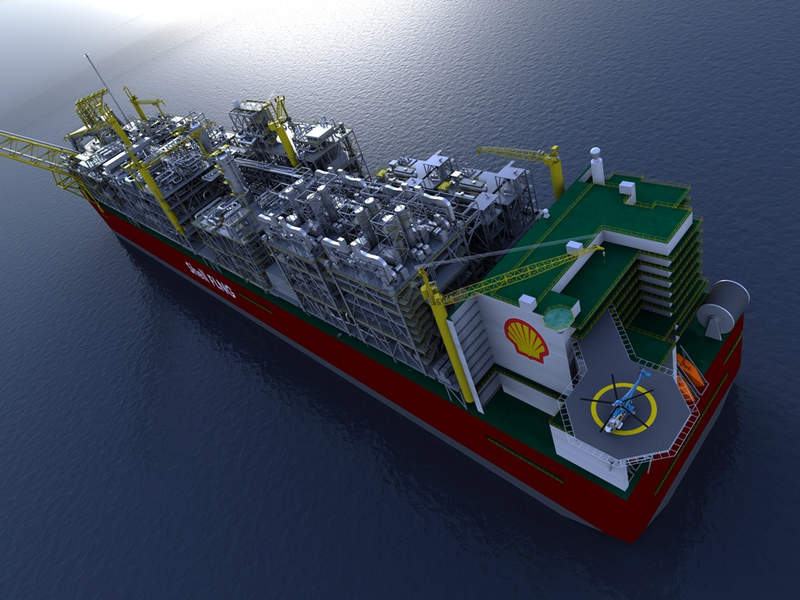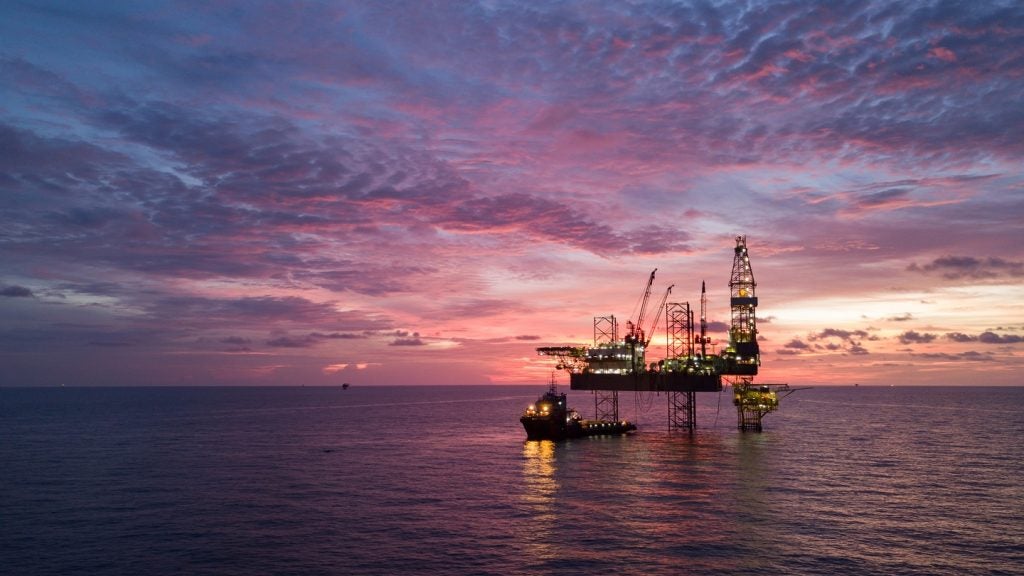
Shell’s Prelude floating liquefied natural gas (FLNG) facility has reached Australian waters after leaving Samsung Heavy Industries shipyard in Geoje, South Korea, last month.
The 488m-long facility will be used for extracting and liquefying gas at sea from the project, located nearly 475km north-north-east of Broome, Western Australia.
Pre-installed mooring chains will now be lifted from the seabed and secured to the facility, with hook-up and commissioning then beginning.
Shell Australia chairman Zoe Yujnovich said: “Prelude’s arrival is a clear demonstration of Shell’s long-standing commitment to investment and development in Australia, delivering significant economic benefits to the nation.
"To develop and maintain a safe, high-performance culture on the facility, Shell has partnered with South Metropolitan TAFE in Western Australia to develop specific training for Prelude technicians.
See Also:
“One hundred and fifty technicians have been trained across a broad range of critical skills, including helicopter landing and refuelling skills, rigging, scaffolding, and first aid.”
How well do you really know your competitors?
Access the most comprehensive Company Profiles on the market, powered by GlobalData. Save hours of research. Gain competitive edge.

Thank you!
Your download email will arrive shortly
Not ready to buy yet? Download a free sample
We are confident about the unique quality of our Company Profiles. However, we want you to make the most beneficial decision for your business, so we offer a free sample that you can download by submitting the below form
By GlobalDataDuring hook-up and commissioning, the Prelude project will create nearly 1,500 jobs, while it will employ 260 local workers on-board during operations.
Developed by Technip Samsung Consortium, the facility is said to form an important project in Shell’s portfolio.
The four large anchor piles for Prelude’s subsea flowlines were constructed by West Australian-based construction and engineering services company CIVMEC at its facility in Henderson.
Prelude will provide liquefied natural gas to customers worldwide.
The facility is expected to have a production capacity of at least 5.3 million tonnes per annum (Mtpa) of liquids, comprising 3.6Mtpa of LNG, 1.3Mtpa of condensate, and 400,000tpa of liquefied petroleum gas.
Image: Prelude FLNG, visual impression looking down on the vessel. Photo: courtesy of Shell via flickr.





